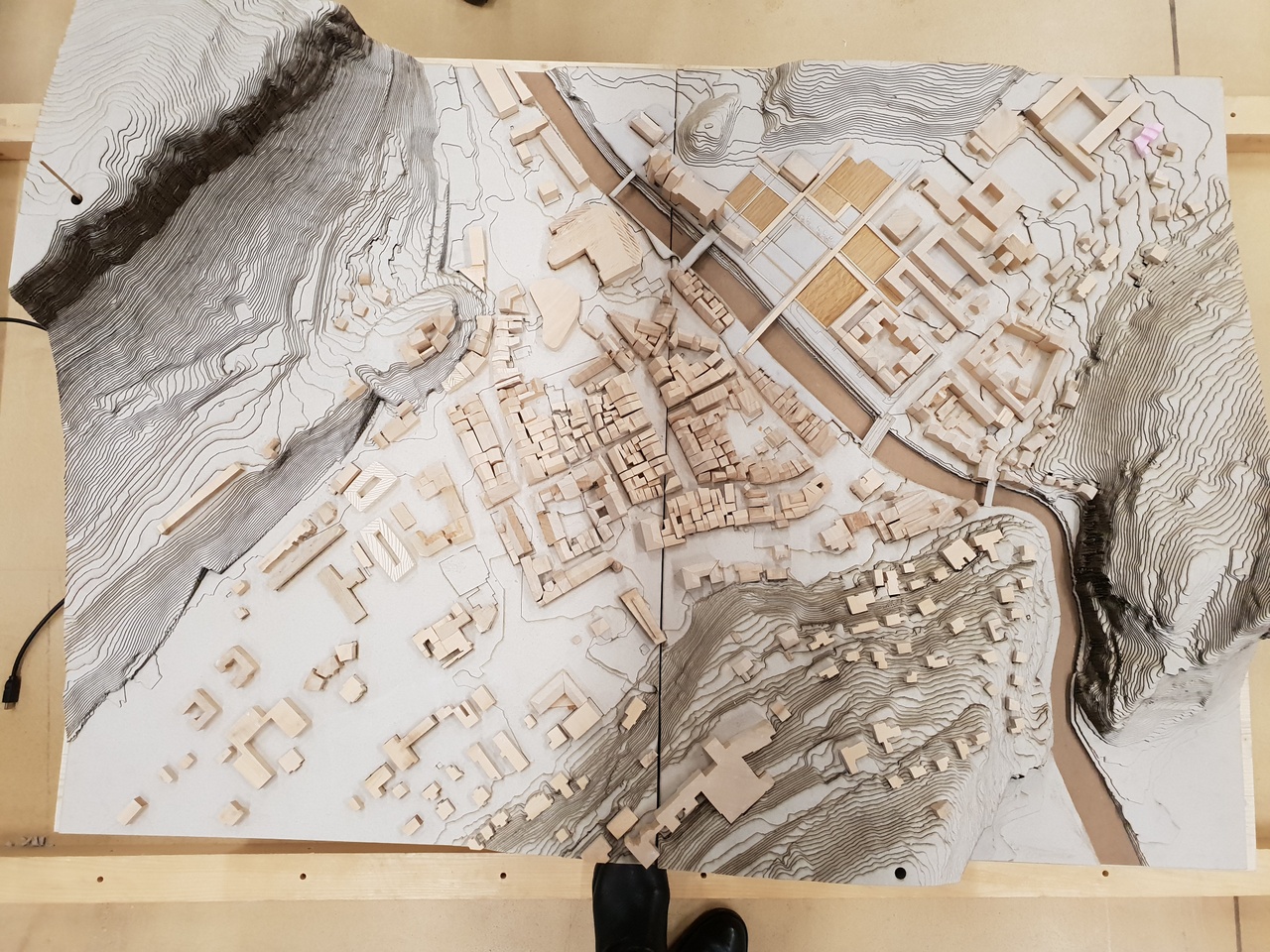Supervisor: Prof. Anne Brandl
Assistant: Martin Mackowitz
Public space – as the place «where the society has a rendezvous with itself» (Hans-Paul Bahrdt) is under pressure. The idea of an inward settlement development and densification reduce the public spaces. They are occupied by more functions and used by more people with different needs, interests, desires and different lifestyles. Additionally, the effects of global trends are leading to a structural change:
- New forms of mobility create new spaces or transform the existing one (e.g. parking lots).
- The change of the consumer behaviour causes a transfer and conversion of existing commercial spaces. Shopping becomes more and more online, but other functions like eating as a social act becomes more important.
- The transition from labour-intensive industries to knowledge-intensive activities has an impact on the shape and use of public spaces. Social innovations, artistic interventions and temporary experiences are becoming more important for the urban culture.
- The digitization is already part of the public space with moving picture advertising. Moving pictures and brands tie our attention. But who defines what we see?
- The polarity of public and private is dispersing. Private activities shift into the public space. Virtual and augmented reality change our perception of the physical environment and personalize the public spaces.
- The Internet of Things carries the danger of complete monitoring. Controlling versus freedom of appropriation must be negotiated.
- The citizen becomes a user who wants to participate in the design and organisation of the public space. The “Do-it-yourself (DIY) Urbanism” is a challenge for urban planning.
In the context of these transformation processes public spaces are an important ingredient for the attractiveness of future cities and a prerequisite for a successful living together. How does the future public space look like? What kind of spatial and sensual qualities should the public space have? How do art, architecture, urban design and urban planning behave in this transformation process? What role do we play as architects and urban planners to design, transform, enrich and preserve this rendezvous of the society with itself?
The public spaces of Feldkirch, especially the areas “Neustadt” and “Reichenfeld” will be the case studies to think about the future of public spaces in general. The Stadt/Studio, implemented as a Uni.li-laboratory for an experimental urban acting in the summer semester 2018, will be continued. We deal with different public spaces in Feldkirch in different scales. The boundaries between analysis, perceptual experiences, concepts, urban design and artistic acts will be fluid. Results can be designs, drawings, texts, 1:1 prototyps, movies, interviews, interventions, urban acupunctures etc.
We will present our intermediate results as part of an idea workshop at the POTENTIALe Feldkirch in November 2018. One final result of the whole studio will be a joint manifest on our attitude to future public spaces.














